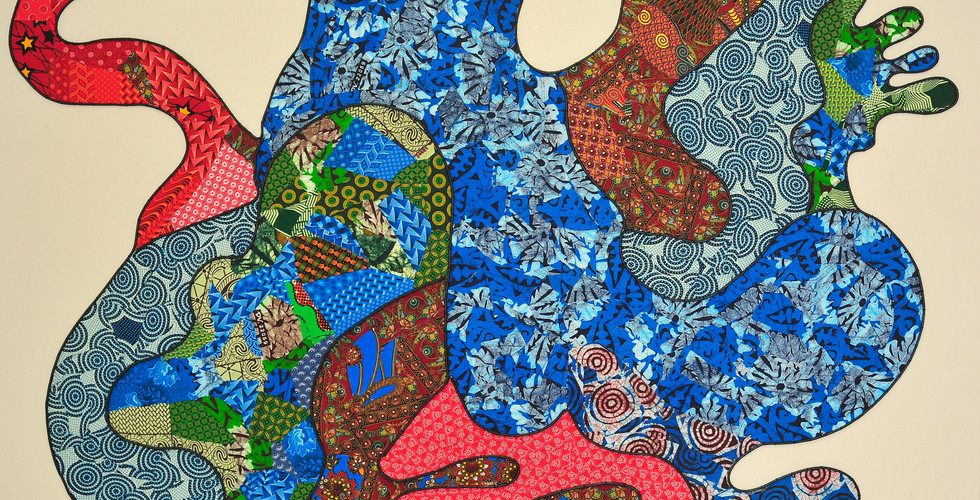Art as a redemptive tool
- Mary Corrigall
- Oct 7, 2016
- 2 min read
“Everyone looked at me like I deserved not to be born,” recalls Lizette Chirrime of her childhood. The Mozambican artist, who made her debut in London this week at 1:54 Contemporary Art Fair and presented the exhibition A Sinfonia da Alma Liberta II (Sounds of a Free Soul) at Worldart Gallery last month, tends not to beat around the bush in recounting her past. Belying her brightly patterned textile art defined by bold animated abstract shapes that evoke celebration is a painful journey. She makes it clear that she can’t begin to talk about her art without touching on her childhood – the two are inextricably intertwined. Or perhaps skirting the truth isn’t her way. As we sit in her Observatory studio, on the first floor of a charming old Victorian building in this Cape Town suburb, the Mozambican artist lays herself bare.
“My stepmother beat me and forced me to do things, clean, look after the family. I was like a slave. It happens a lot in African culture,” she declares matter-of-factly.
It was at the age of seven that her life turned into a nightmare. Her father left her biological mother and took Chirrime from her birthplace, Nampula, and settled in Maputo with her stepmother. As part of Samora Machels’ security detail her father was seldom around and she was vulnerable to her stepmother’s abuse. She grew up alone and dejected.
“I had this deep sorrow inside me,” she recalls. This ‘sorrow’ may have been her cross to bear, however ironically it appears to have also contained the seed of her liberation from her painful childhood and negative self-image. It propelled her to heal herself and led her to become an artist.
“I was unhappy and felt like I had this calling to do something but wasn’t sure what. I wanted to change myself and change how people saw me.”
Unexpectedly, this is what drew her to making art with hessian. She could identify with this everyday, disposable, rough textile used to transport coffee beans, potatoes.
“In Mozambique they use it as mats after rain to clean their feet. That is what people would do with me, they would clean off their shit on me.”
In transforming hessian fabric into something beautiful, collectable and decorative Chirrime, somehow felt she would be able to rewrite her identity, her destiny even. Or at least that is how she views it now and explains her art to herself, the world. Art making is forever grounded in a set of beliefs. In the absence of any formal art training Chirrime had to invent her own narrative to substantiate what she did or why she did it. Art was not a fashionable career option for her, but a redemptive tool.
Her hessian creations evolved into art works, hanging textile ones that found favour in Mozambique. She quit her banal office day job and dedicated herself to her distinctive textile art. The hard edges of her painful past began to soften, though ultimately, she felt she had to leave Mozambique to be free of it.

























Comments